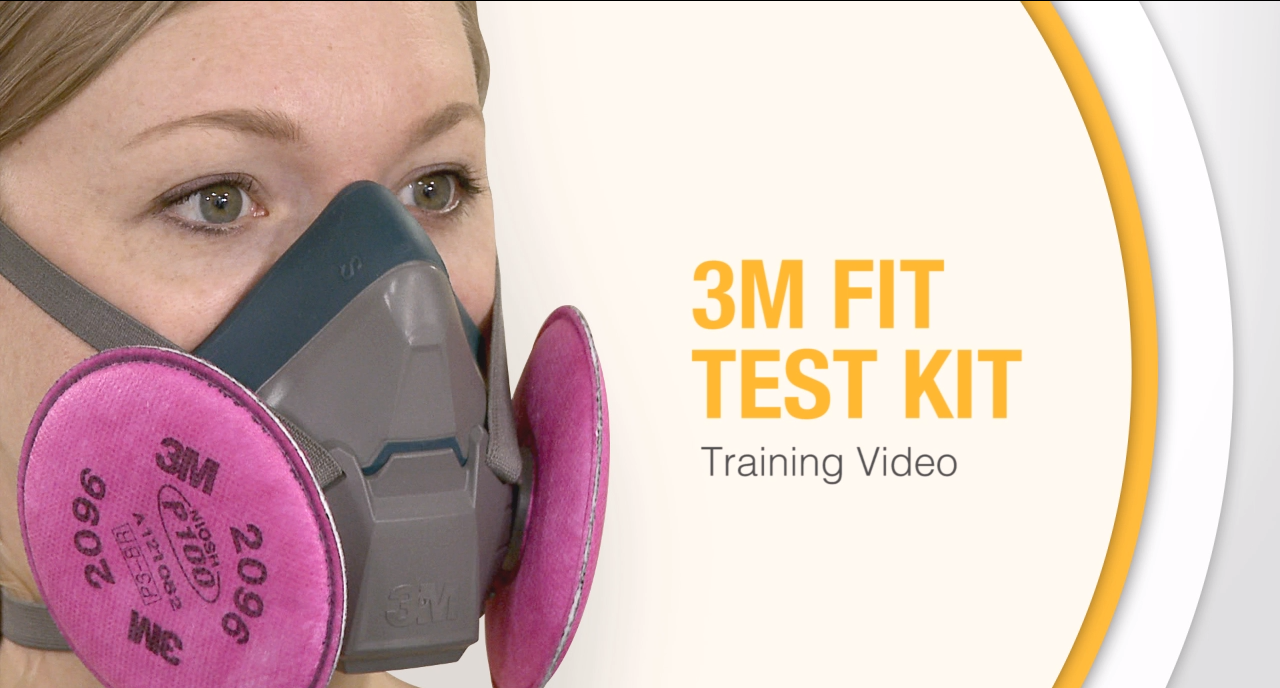Course Features
- Lessons 1
- Quizzes 0
- Assignments 0
- Discussions 0
- Duration Unlimited
- Students 236
- Certificates Yes
- Badges No
-
Overview of the Fit Testing Process
-
lessonOverview of the Fit Testing ProcessPreviewOverview of the Fit Testing Process



